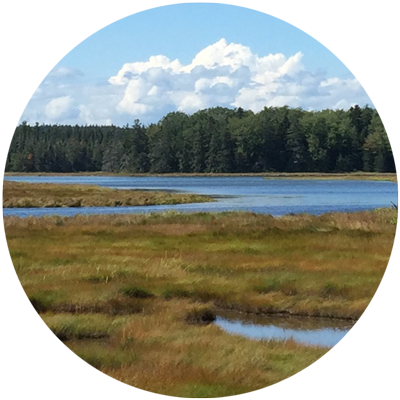Home > Climate News >
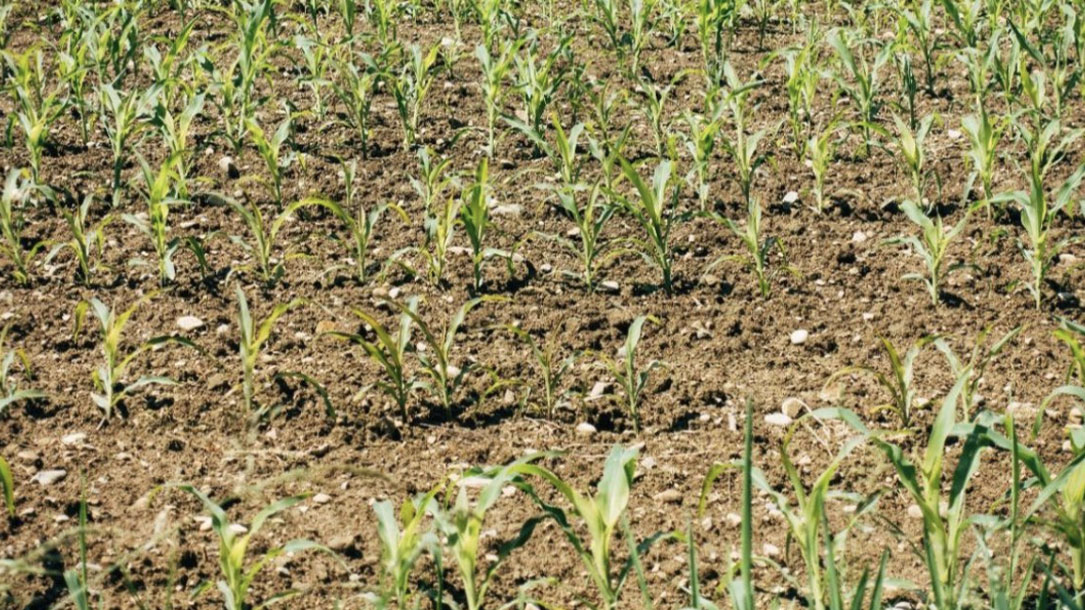
Soils could be affected by climate change, impacting water and food
Climate change may reduce the ability of soils to absorb water in many parts of the world, according to a Rutgers-led study. And that could have serious implications for groundwater supplies, food production and security, stormwater runoff, biodiversity and ecosystems…
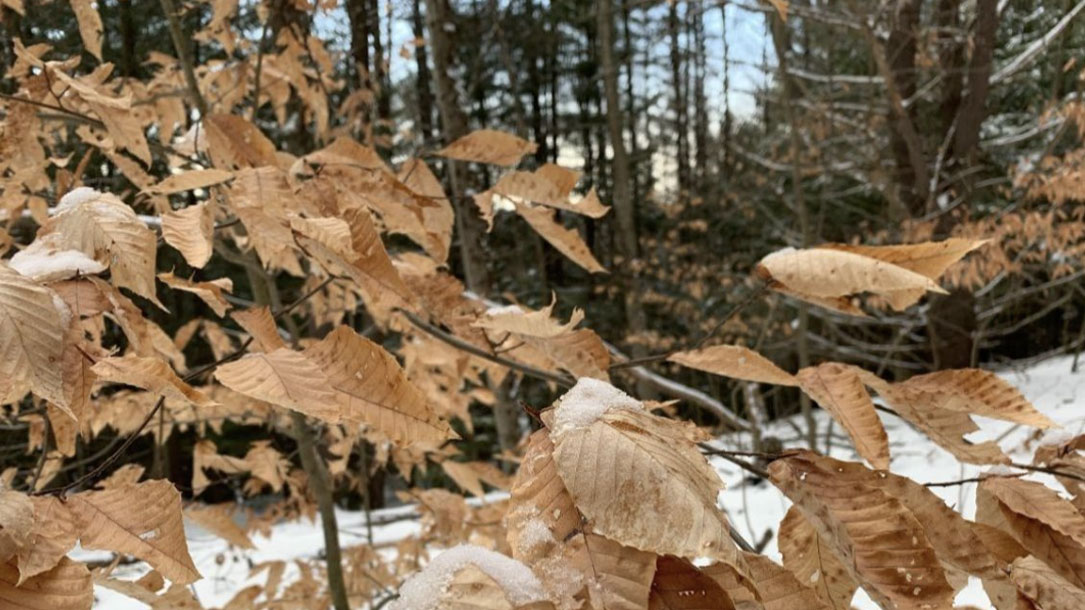
The importance of old trees
The study analyzed over 20,000 trees across five continents, with a primary focus on trees from the upper canopy, as these trees have stronger carbon sequestration ability and provide fundamental ecosystem services such as microclimate buffering and habitat provision to other organisms than forest components…
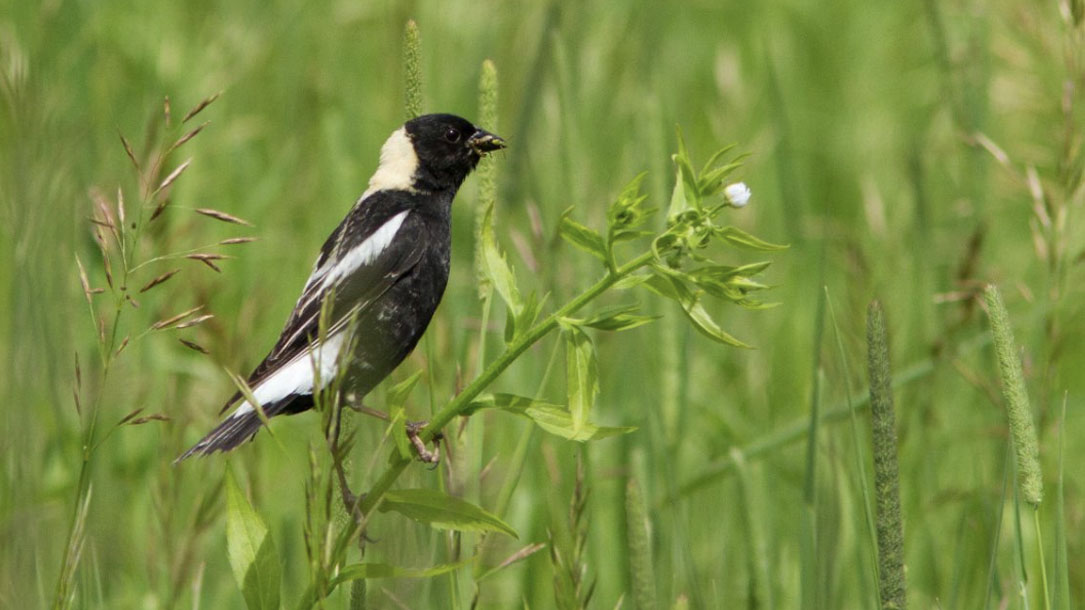
Climate warming from managed grasslands cancels the cooling effect of carbon sinks in sparsely grazed and natural grasslands
Grasslands absorb and release carbon dioxide (CO2), emit methane (CH4) from grazing livestock, and emit nitrous oxide (N2O) from soils. Little is known about how the fluxes of these three greenhouse gases, from managed and natural grasslands worldwide, have contributed to past climate change, or the roles of managed pastures versus natural grasslands.
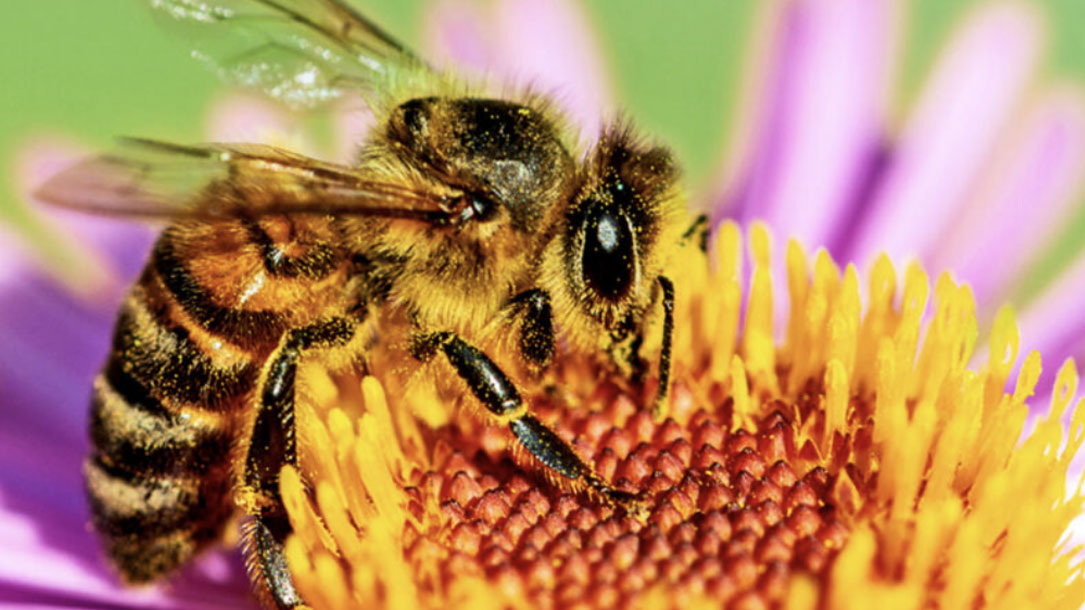
The role of climate change in pollinator decline across the Northern Hemisphere is underestimated
•Pollinator conservation strategies lack climate adaptation initiatives.
•Climate change drives homogenization at three levels of pollinator biodiversity.
•Rarely measured aspects of biodiversity tend to be most affected by climate change.
•Seldom considered dimensions of climate change tend to be particularly detrimental.
•Pollinator decline might be especially pronounced due to dispersal limitation….

Carbon farming
Agriculture is part of the climate solution. Grasslands are one of the largest carbon sinks on the planet, capable of pulling enormous quantities of CO2 from the atmosphere and storing it in the soil.
Carbon farming is the process of farming and ranching to maximize the land’s ability to lock up CO2 and other greenhouse gases, making the land more resilient to the effects of a changing climate.
Marin Agricultural Land Trust (MALT) partners with MALT farmers and ranchers to implement carbon farming practices, benefiting farmers, their land, and the climate…
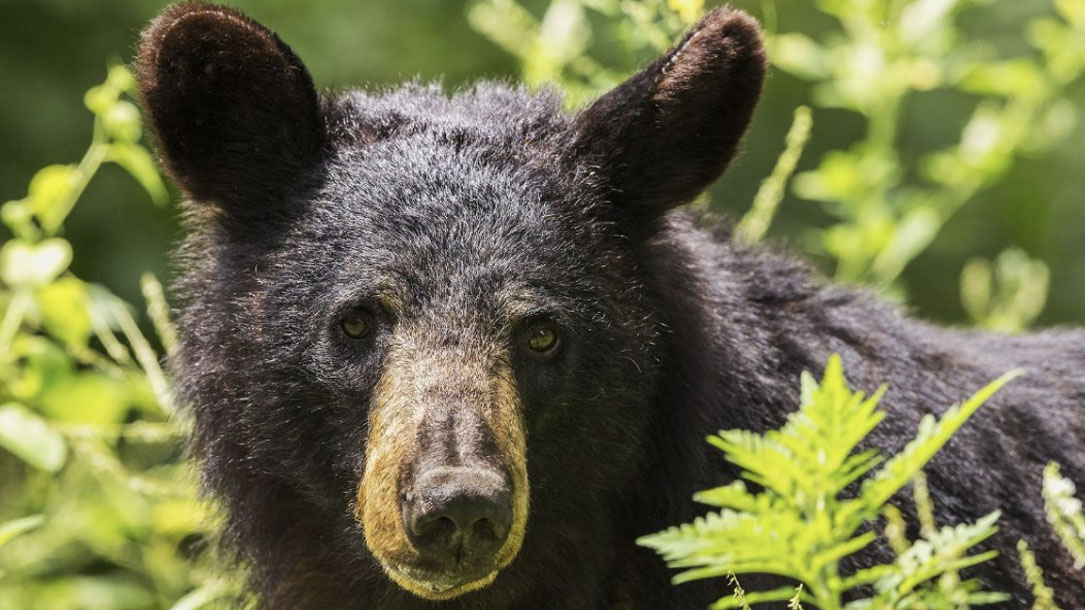
Land trusts ink deal to conserve 20 acres along Mill River in Williamsburg
Mark Wamsely, [Kestrel Land Trust’s] conservation director, highlighted the conservation as a way to combat climate change. The [press] release also notes the state’s 2022 Climate Change Assessment, which states that risk of flooding and erosion in the hilltowns is likely over the coming century.
“It’s important that we address climate change in a thoughtful way and don’t accidentally harm the very natural resources that are under threat,” said Wamsley, adding that, “Conserving forests is one way the Hilltowns can make a critical contribution to combating climate change.”

Climate change website pages
Land trusts often wonder how they can increase their efforts to connect with people around climate change, meet them where they are, and inspire local, regional, and national action.
Many land trusts start with nature-based climate solutions as a way to connect. However, it’s important for people to also understand what they can do as individuals based upon their interests and capacity, in addition to what the land trust is doing.
If you are interested in enhancing climate messaging or raising the profile of your local land trust, you might find the Coastal Prairie Conservancy’s climate pages of interest.
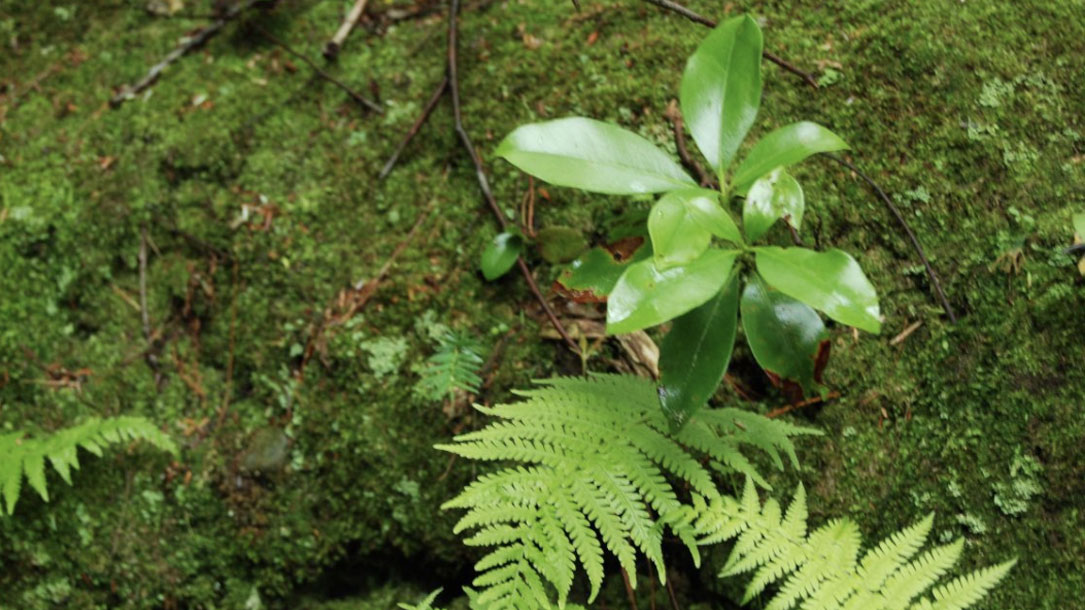
Mississippi Valley Conservancy planting trees to help combat climate change
Carol Abrahamzon, Executive Director of the Mississippi Valley Conservancy, met with the local TV station to talk briefly about a restoration project they are working on.
“Abrahamzon says these trees are essential to providing a healthy habitat to the Coulee Region. The trees to be planted at the Conservancy’s Trempealeau Lakes nature preserve include swamp white oak, silver maple, and river birch.
Abrahamzon says that the selected tree species are native to the Driftless Area and will adapt well to this site and require little care after they become established. All of these benefits strengthen the land’s resilience to a changing climate…”
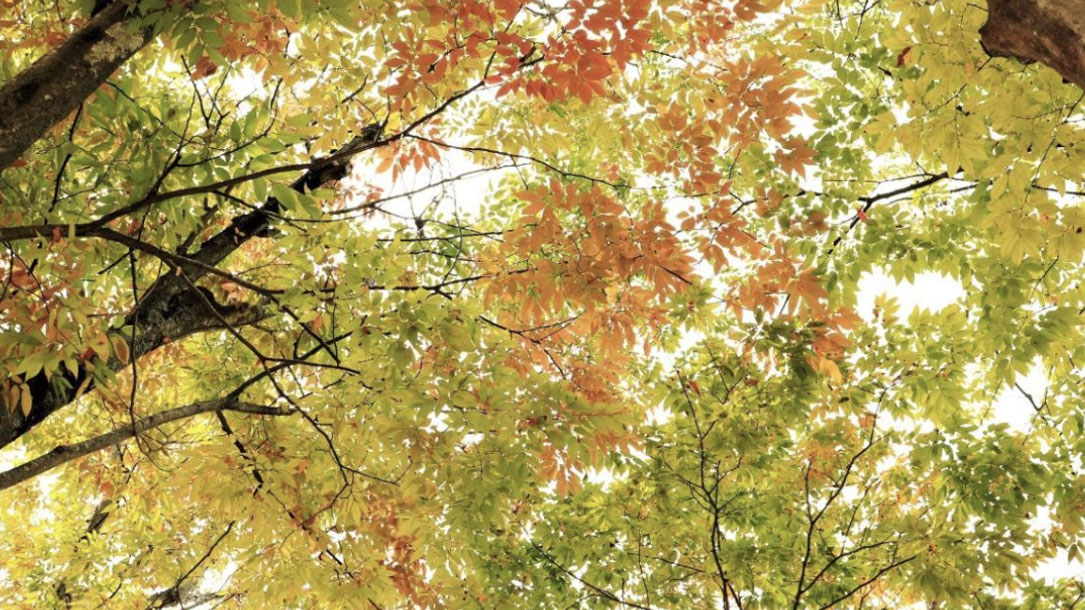
Trees are moving north from global warming. Look up how your city [region] could change.
As the climate warms, horticulturalists are trying out species adapted to more southern climates. Michael Hagen, curator of the native plant and rock gardens at the New York Botanical Garden, told me recently that his colleagues are planting southern live oaks, known for the Spanish moss that drapes, ghostlike, from their limbs.
Live oaks can grow as far north as Zone 7, according to data provided by the Davey Tree Expert Company. By century’s end, they could grow in Chicago and up into Michigan, while south Florida could become too hot for them.
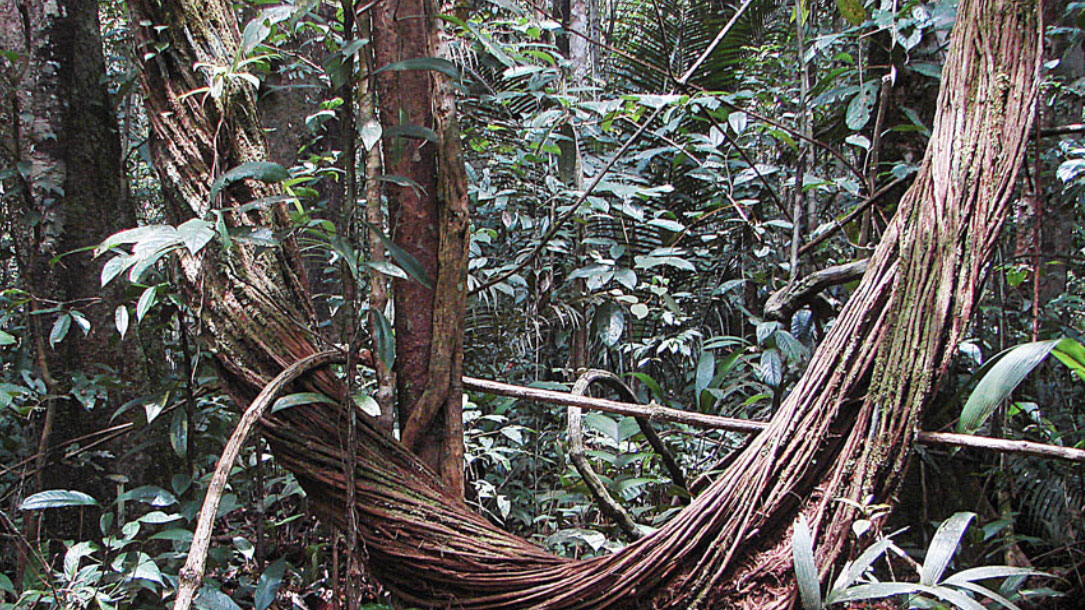
Liana cutting in selectively logged forests increases both carbon sequestration and timber yields
Infestations of trees by woody climbing plants (i.e., lianas) are common and increasing in an estimated 250 Mha of the 1 billion hectares of mixed-species tropical and temperate forest subjected to selective logging. Cutting lianas that impede the growth of future crop trees (FCTs) in these forests would sequester carbon at low cost and increase timber yields. We estimate that application of this treatment to five liana-infested FCTs per hectare across the 250 Mha of selectively logged forest would result in 0.8 PgCO2 of additional carbon removals by the liberated trees over 30 years at a direct cost of well less than $1.00 MgCO2−1.



